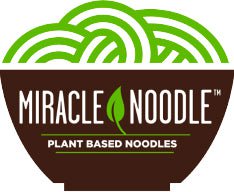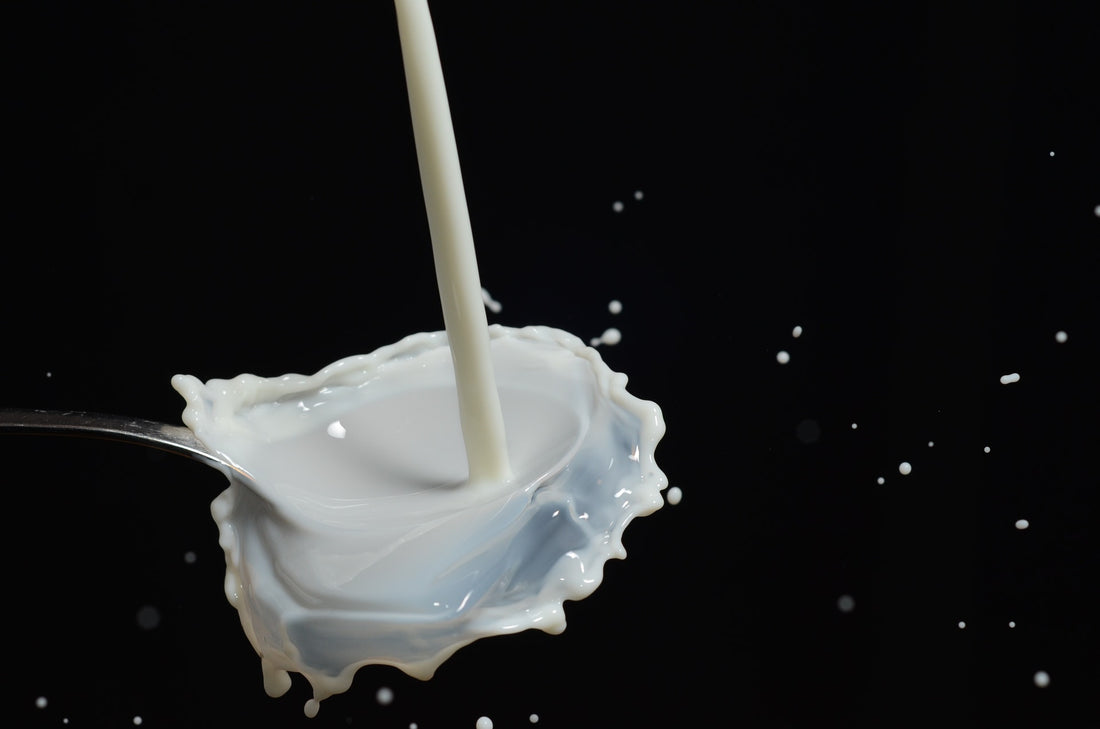Got milk? If you're health-conscious, maybe you believe that organic milk is healthier than conventional dairy. But thanks to a legal loophole over the last several years, cows fed GMO corn and injected with hormones could still be marketed as organic. Thankfully, that loophole finally just closed...
If you want to know what’s going on with the organic food industry, one of the best sources of information is the Organic Insider newsletter published by Max Goldberg. Goldberg’s most recent newsletter dished the scoop on what’s arguably the biggest organic food news story of the year, the Origin of Livestock Final Rule for Organic Dairy. And if you’re an organic milk drinker, you’ll want to pay attention.
So here’s a summary…
Origin Of Livestock
Since 2005, organic, small farmers had been fighting a rule that exploited and squashed the true intent and nature of organic farming. The loophole allowed huge herds of cows numbering in the thousands, many of them fed genetically-modified food (GMO) and given hormones, to be labeled as organic.
How was that allowed to happen? Here’s the loophole. Under the Origin of Livestock rule, most small farmers thought that the rule stipulated that an entire non-organically-fed dairy herd could be converted into an organic herd just one time over a 12-month period.
But large-scale factory farms were moving herds several times a year and using devious chicanery such as establishing different LLCs and separate ownership structures to exploit the rules. As a result, that organic milk you were buying from Wal-Mart or supermarket could have been produced from a cow that was “transitioning” into organic.
As Goldberg wrote about this deception in 2019, “Despite pleas from industry stakeholders, the USDA has demonstrated a complete inability to establish clarity and consistency when it comes to the Origin of Livestock rule, which also has had the effect of deceiving consumers and undermining the integrity of the organic seal.”
Will Organic Milk Finally Be Organic, For Real?
It’s not like the U.S. Department of Agriculture, which establishes and oversees organic food labeling laws, wasn't aware of the deception. The agency’s Office of Inspector General acknowledged that the loopholes were a serious problem roughly a decade ago. But nothing has been done to close that loophole. Until now.
On March 29, the agency published “the highly anticipated” Origin of Livestock (OOL) final rule for organic dairy. “This change to the USDA organic regulations will promote a fairer and more competitive market for all organic dairy producers, by making sure that certified USDA organic dairy products are produced to the same consistent standard,” a release by the USDA stated.
“Now, all organic dairy livestock producers will have the confidence and certainty they are operating in a fair and competitive market,” the USDA release added. Furthermore, the new OOL rules will now prohibit dairies to market their milk organic if the milk is sourced from a conventional cow that is in the process of transitioning to organic. And once a dairy is certified organic, the cows must be managed as organic even before they are born—from the last third of gestation.
Although the new rules that essentially make organic, organic again, are welcome, if you’re an organic milk drinker, there are still a few problems. First, who knows how long it will take to actually enforce the new OOL guidelines. Second, many small organic farmers are still reeling. For years, they have been unable to compete with the faux organic massive-scale operations. So if you’re going to purchase organic dairy products, do so from a local, small farm that has integrity.
Also, who knows if industrial dairy operators will devise new loopholes to flout the revised OOL guidelines.
Organic Milk Is Still Milk
Despite the fact that organic milk has more omega-3 fatty acids (because the cows eat grass, not just corn), and that it’s healthier in general than conventional dairy, organic milk can still cause casein or lactose allergies.
The healthiest dairy products that seem to cause the least amount of reactions are raw (unpasteurized), organic dairy and A2 milk from grass-fed cows. A2 milk comes from herds of cows that have not been hybridized unlike most dairy products, which contain casein A1 protein.
Nonetheless, hopefully, the new OOL rules will give consumers confidence that when the label says organic, it’s really organic.



